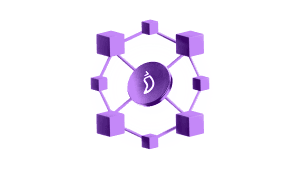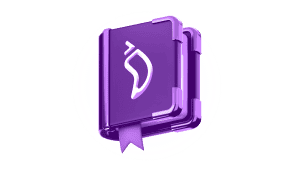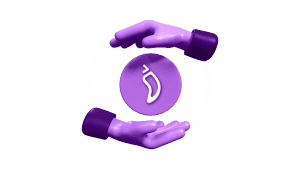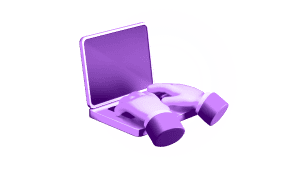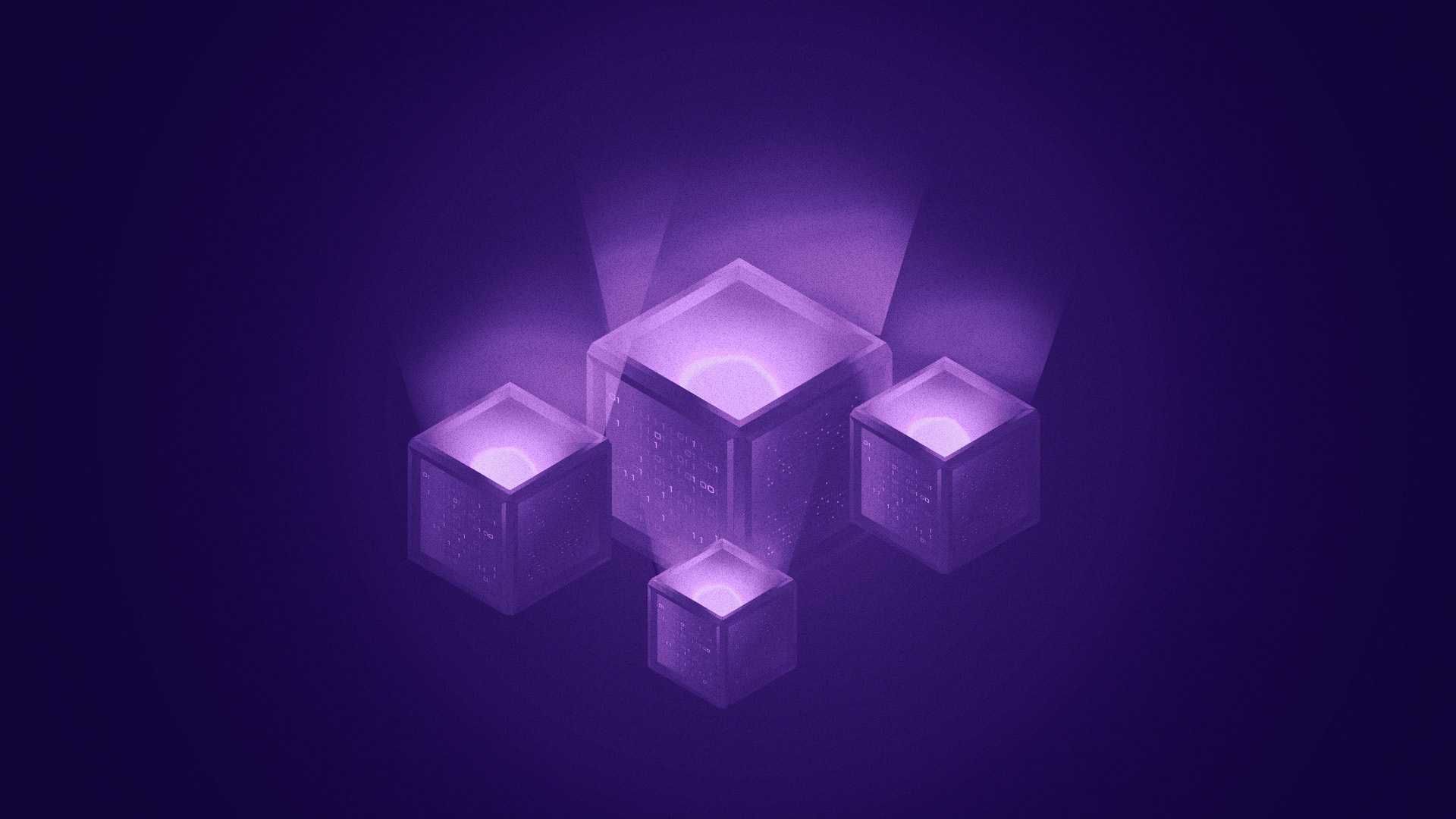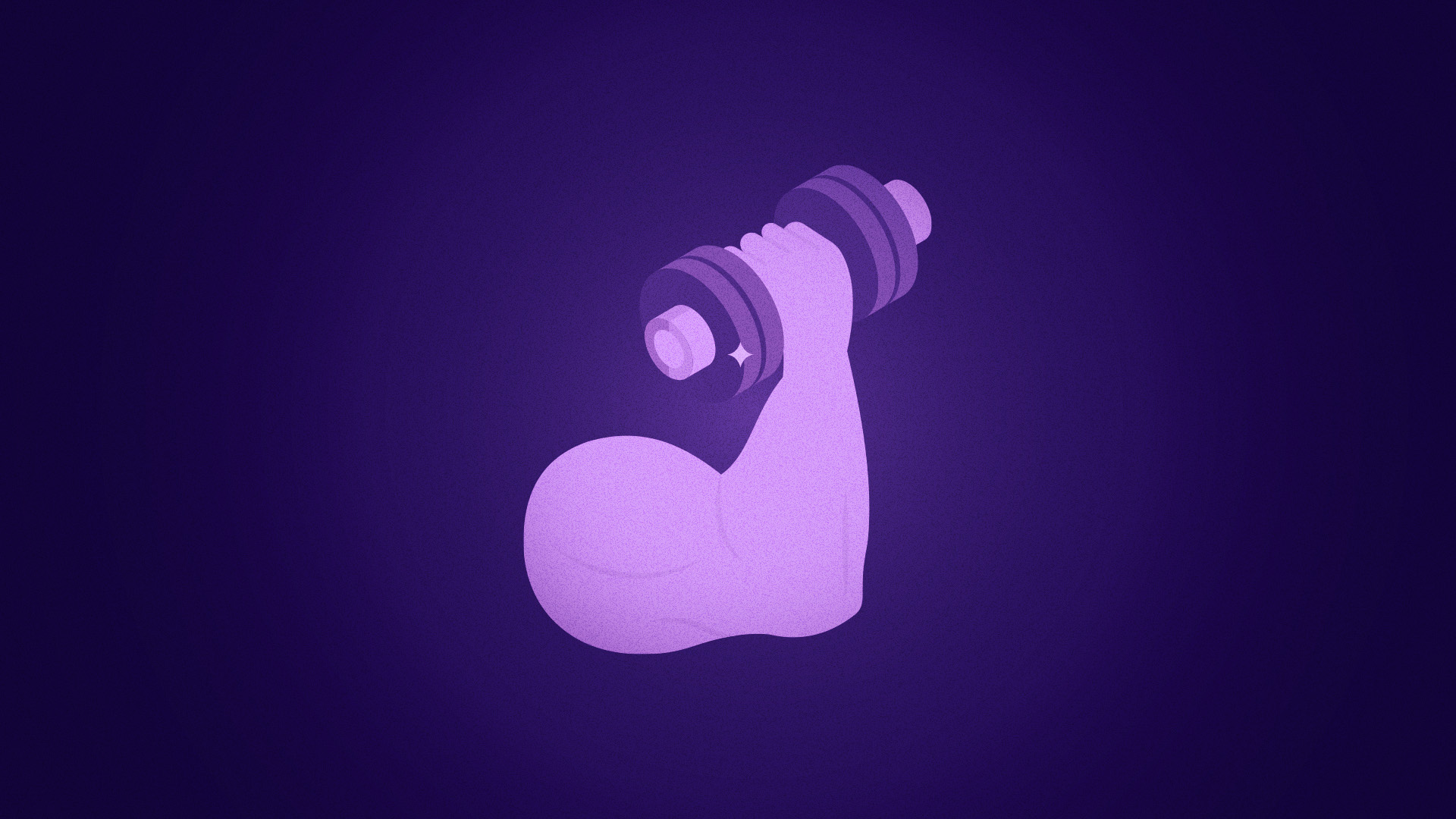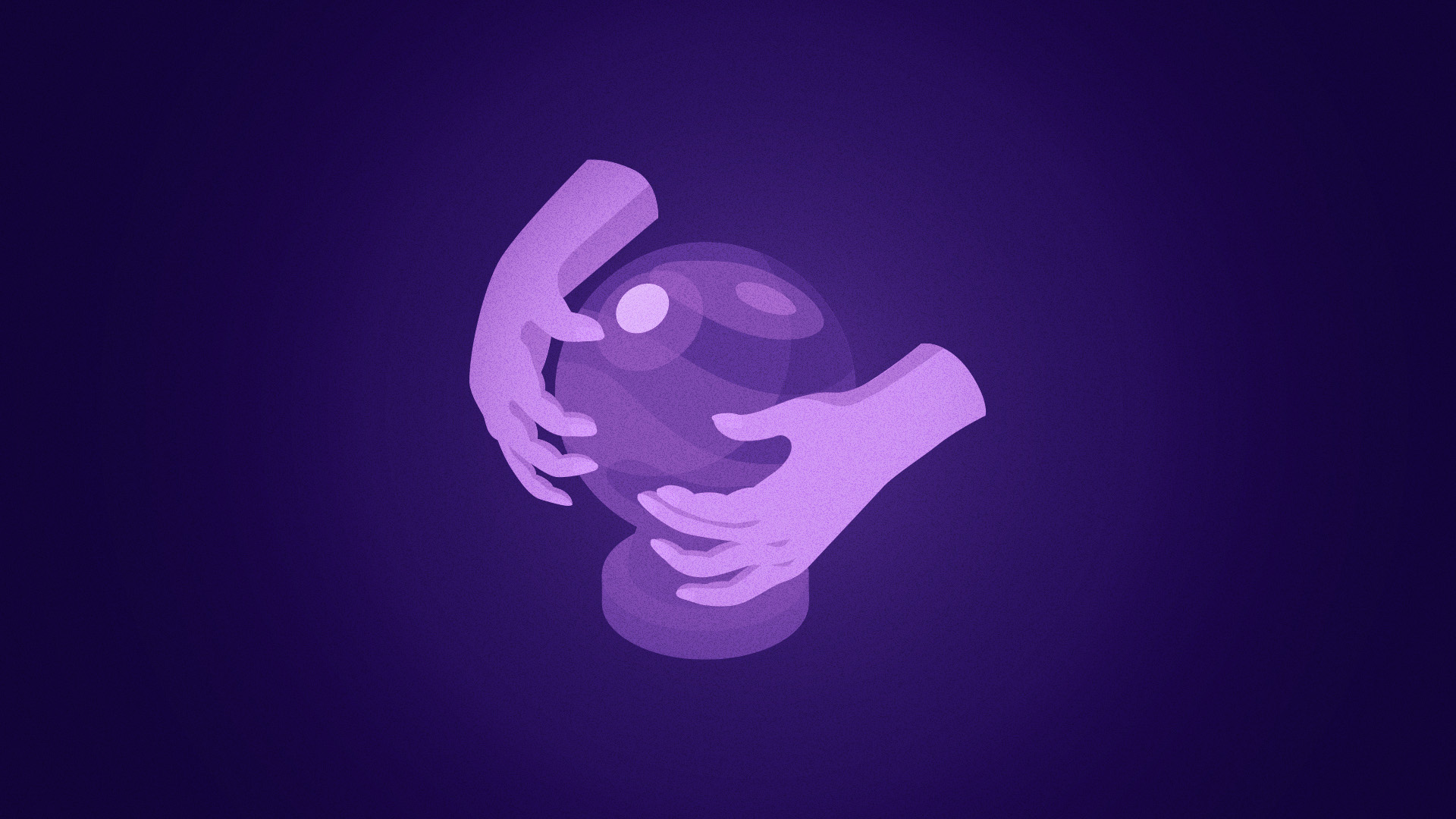When you hear people talk about “testnet” and “mainnet” in blockchain, it can sound confusing. But the idea is simple. Think of a testnet like a practice ground where developers try out new ideas without any risk.
A mainnet, on the other hand, is the real deal—where actual transactions happen and real money is involved. Knowing the difference helps you understand how blockchain projects grow safely before going live.
What Is a Testnet?
A testnet is a safe version of a blockchain where developers test new features before launching them. It functions on a different testing environment while working on a real network. This setup enables developers to access their code without the risk of losing their money or data.
Developers use a testnet to see how things function while upgrading a system while building a new app or designing a smart contract. Any mistakes made here won’t affect the main network or cause financial loss.
Rather than using conventional cryptocurrency, a Testnet uses fake tokens (tokens used for experiments or have no value). Since it doesn’t involve real money, developers can carry out as many tests as they deem fit without worrying about losing their money.
If you are interested in experimenting on your own, you can request for testnets tokens from a faucet, depending on which blockchain you’re working with.
This testing process allows projects to fix bugs before launching updates on the mainnet, where actual transactions happen. In summary, a testnet allows developers to build, break, and fix things without affecting users or losing money.
What Is a Mainnet?
A mainnet is the live blockchain where real transactions happen. It’s the final version of a blockchain that is open to the public. When developers finish testing a project on a testnet, they launch it on the mainnet for real-world use.
This is where actual value is exchanged. Every transaction involves real assets, not fake or test tokens. That means real money, real user funds, and real consequences.
On a mainnet, smart contracts go into full operation. Users send and receive tokens, developers launch apps, and validators help protect the live blockchain using their computers and resources.
Because this network deals with real assets, security is a top priority. Bugs or errors can cost people money. That’s why projects only move to mainnet after heavy testing.
For example, Ethereum’s mainnet allows l you to interact with dApps, send ETH, or explore the blockchain using Etherscan.
In short, the mainnet is where everything goes live—where blockchain projects prove their value and people put their trust (and money) into the system.
Testnet vs Mainnet – The Key Differences
When building on a blockchain, it’s important to understand the difference between a testnet vs mainnet. These two environments serve very different purposes—one is for safe testing, the other is for live, real-world use.
Here’s a simple breakdown of how they compare:
| Feature | Testnet | Mainnet |
| Purpose | Used for testing and building | Used for live apps and real transactions |
| Token Type | Fake tokens with no real value | Real tokens with market value |
| Risk Level | No financial risk | Real financial risk if things go wrong |
| Audience | Developer environment for builders | Regular users, traders, and businesses |
| Deployment Stage | Early or experimental | Final and production-ready |
Testnets let developers test smart contracts, apps, and features without the fear of losing money. Mainnets, on the other hand, are where real value moves—this is where users interact with dApps, send tokens, and rely on working code.
So, whether you’re a builder testing your code or a user looking to transact, knowing how testnet vs mainnet works is key to using blockchain tools the right way.
Why Testnets Are Essential for Web3 Projects
Before any Web3 project goes live, it needs a safe space to build and test. That’s where testnet experimentation comes in.
A testnet is a clone of a real blockchain, but it uses fake tokens and has no real-world value at risk. This makes it the perfect place for developers to try out code, fix bugs, and see how things work without risking user funds.
Catch Bugs Before They Go Live
Nobody wants a bug on the live network. Pre-mainnet testing helps developers find and fix errors before users interact with the project. This can prevent major losses or network crashes once it moves to mainnet.
Try New Features Safely
When new blockchains prepare for launch, they use a testnet to try out features such as staking, smart contracts, or token transfers. It’s a safe launch environment that helps teams understand what works and what doesn’t.
Build Confidence in the Community
Testnets aren’t just for developers. They welcome validators, node operators, and even fans to test things out. This kind of open trial gives people a chance to learn and contribute before the project goes live.
Public Testnets Make It Inclusive
Many projects offer public testnets so that anyone can take part. Whether you’re testing a dApp, running a validator node, or just exploring the blockchain, public testnets help you do it in a low-risk space. Examples include:
Testnet experimentation gives projects room to grow before they hit the big stage. From pre-mainnet testing to community trials, it plays a key role in building trust and safety in the Web3 world. Every strong blockchain starts with a solid safe launch—and that begins on a testnet.
When Should You Use a Testnet?
A testnet is a learning environment where you can try things without risk. Whether you’re building or just getting started with Web3, it offers safe experimentation before doing anything on a live blockchain.
As a Developer
If you’re building a dApp, writing smart contracts, or working on a blockchain upgrade, a testnet is your first stop. You can test your code, fix bugs, and check how your app behaves before moving to mainnet. Many developers use a testnet faucet to get free test tokens for their projects.
As a User
You don’t need to be a developer to use a testnet. If you’re curious about how crypto wallets work or want to try staking or governance, the testnet is the best place to learn.
No real money is involved, and most testnets are free to join.
For Fan Tokens and Games
If you’re part of a fan token project or gamified dApp, the testnet is where teams simulate real-life use. From voting in polls to unlocking rewards, fans and early users can test everything in a safe experimentation space.
Why It Matters
Testnets help everyone get comfortable before moving to the real blockchain. They lower the fear of losing money and give space to try, learn, and grow. Thanks to testnet faucets and open access, anyone can join—no cost, no pressure.
Ready to give it a try? Pick a project with a public testnet and start experimenting.
Final Thoughts – From Testing to Going Live
Testnets are the quiet but powerful foundation of every successful Web3 project. They make it possible to catch bugs early, try out new ideas, and build with confidence. Without them, launching a safe and stable blockchain would be a gamble.
But the real action happens on the mainnet. That’s where fan engagement gets real, tokens hold value, and decisions shape the future through governance.
For developers and users, understanding the disparity between Testnet and Mainnet can make all the difference. It allows you to understand where a project is headed.
Want to see how real-world adoption takes shape? Visit FanTokens.com or keep up with mainnet launches on Chiliz Chain.


